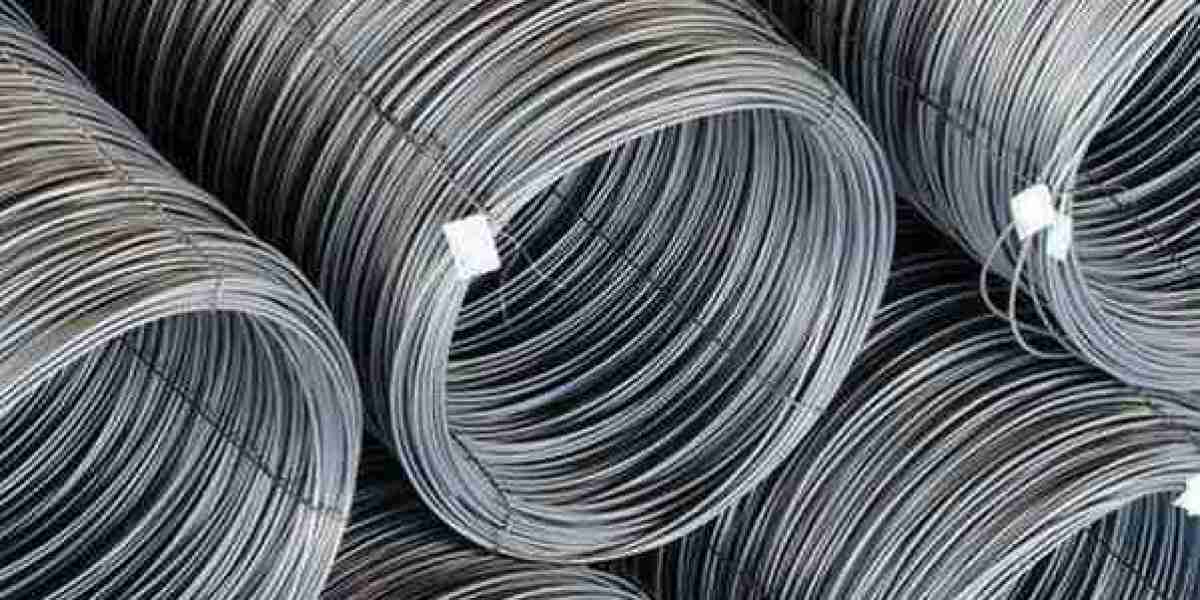In a world where streaming services dominate, traditional TV still has its place, especially for live shows, sports, and local broadcasts. But what if you don’t want to be glued to the screen at a specific time? A Digital Video Recorder (DVR) offers a solution, allowing you to record your favorite TV shows and watch them whenever you want. This guide will explore everything you need to know about DVRs for TV, from how they work to choosing the best one for your needs.
What is a Digital Video Recorder (DVR)?
A Digital Video Recorder, or DVR, is a device that records television programs to a digital storage medium, such as a hard drive. DVRs allow you to record live TV, pause and rewind broadcasts, and schedule future recordings. Unlike the VCRs of the past, DVRs record in digital format, providing clearer video and audio quality.
How Does a DVR Work?
DVRs work by capturing the digital signal from your TV and storing it on an internal or external hard drive. You can select the program or shows you want to record, either manually or by setting up scheduled recordings. Once the content is stored, you can play it back at your convenience.
Modern DVRs often come with features like:
- Time-Shifting: Pause, rewind, and fast-forward live TV.
- Scheduled Recordings: Set a recording for future programs, even if you’re not home.
- Series Recording: Automatically record every episode of a TV series.
Types of DVRs
There are several types of DVRs available, each suited to different viewing habits and preferences.
1. DVRs from Cable or Satellite Providers
Most cable and satellite companies offer their own DVRs. These devices come with your TV service and allow you to record shows directly from your provider’s guide.
- Advantages: Integrated with your TV service, easy to set up, and usually come with a subscription.
- Disadvantages: Monthly rental fees and limited storage capacity.
2. Over-the-Air (OTA) DVRs
If you use an HD antenna to watch free broadcast channels, an OTA DVR is a great option. These DVRs work with your antenna to record over-the-air channels like ABC, CBS, NBC, and FOX.
- Advantages: No monthly fees, free access to local channels.
- Disadvantages: Limited to OTA channels, so no cable or satellite programming.
3. Streaming DVRs
Many streaming services, such as YouTube TV and Hulu + Live TV, offer cloud-based DVRs. These allow you to record live TV shows and movies to an online storage service, rather than a physical device.
- Advantages: No hardware required, access your recordings from anywhere, usually unlimited storage.
- Disadvantages: Requires a subscription to a streaming service.
Key Features to Look for in a DVR
When choosing a DVR, there are several features you should consider to make sure it fits your needs.
1. Storage Capacity
One of the most important aspects of a DVR is its storage capacity. DVRs usually store content on a hard drive, and the more space you have, the more shows and movies you can record. Some DVRs allow you to expand storage by adding an external drive.
- Standard Capacity: 500 GB to 1 TB (20-100 hours of HD content).
- Expanded Capacity: Some DVRs support external hard drives to increase capacity.
2. Number of Tuners
A tuner is what allows your DVR to record a channel. The more tuners your DVR has, the more shows it can record simultaneously.
- Single Tuner: Records one show at a time.
- Dual or Multiple Tuners: Allows you to record multiple shows at once, so you never have to choose between two programs.
3. 4K UHD and HDR Support
If you have a 4K TV, you'll want a DVR that supports 4K UHD recordings to match your TV's resolution. Some DVRs also support HDR, which improves the color and contrast of the picture for a better viewing experience.
4. Cloud DVR
Cloud DVRs are offered by many streaming services. With this option, your recordings are stored online, so you don’t have to worry about physical storage limits. Many cloud DVRs offer unlimited storage and let you access your content from any device with an internet connection.
5. Commercial Skipping
Some DVRs have an automatic commercial-skipping feature, which can save you time when watching recorded programs.
6. Remote Access
DVRs that offer remote access allow you to control your recordings via a mobile app, even when you’re not at home. This is perfect for setting up recordings on the go or accessing your content from different devices.
Popular DVR Options
There are plenty of DVR options on the market, whether you're looking for a standalone device or a cloud-based solution. Here are some of the most popular ones:
1. TiVo Bolt OTA
- Best For: Cord-cutters using an HD antenna.
- Key Features: 1 TB of storage (up to 150 hours of HD recording), 4 tuners, 4K support, and integration with streaming apps like Netflix and Hulu.
2. Tablo Dual Lite OTA DVR
- Best For: Over-the-air TV users who want a simple, user-friendly interface.
- Key Features: Dual tuners, compatible with HD antennas, streams recordings to multiple devices, cloud storage option.
3. Amazon Fire TV Recast
- Best For: Those already in the Amazon ecosystem.
- Key Features: Works with HD antennas, records up to 2 or 4 shows at once (depending on the model), integrates with Fire TV, Alexa voice control.
4. Dish Hopper 3
- Best For: Satellite TV subscribers.
- Key Features: 2 TB storage (up to 500 hours of HD recordings), 16 tuners for simultaneous recording, 4K support, commercial-skipping feature.
5. YouTube TV
- Best For: Streaming TV fans.
- Key Features: Unlimited cloud DVR storage, records live TV, accessible from any device, no hardware required.
How to Set Up a DVR
Setting up a DVR depends on the type of device you have, but the process is generally straightforward. Here’s a basic guide:
- Connect the DVR: Plug the DVR into your TV using an HDMI cable. If you’re using an OTA DVR, connect your HD antenna to the device.
- Power Up: Turn on the DVR and follow the on-screen instructions to set up the device.
- Connect to Wi-Fi: Many DVRs need an internet connection to access streaming apps or cloud storage.
- Set Up Recordings: Use the guide to schedule recordings for upcoming shows, or search for specific programs you want to record.
FAQs About DVRs
1. Can I Use a DVR Without Cable or Satellite?
Yes, you can use a DVR without a cable or satellite subscription. OTA DVRs work with HD antennas to record free broadcast channels, while cloud DVRs from streaming services don't require any additional hardware.
2. How Much Storage Do I Need?
It depends on how many shows you plan to record. If you only record a few programs per week, 500 GB (about 20-40 hours of HD content) may be enough. If you record multiple shows daily, consider a DVR with 1 TB or more storage.
3. Can I Watch Recorded Shows on Other Devices?
Some DVRs allow you to stream recorded content to other devices like smartphones, tablets, or computers. Cloud DVRs offer the most flexibility, as you can access your recordings from anywhere with an internet connection.
4. What’s the Difference Between a DVR and a Cloud DVR?
A DVR stores recorded content on a physical hard drive, while a cloud DVR stores your recordings online. Cloud DVRs usually offer unlimited storage, and you can access your recordings from any device.
5. Can DVRs Record Streaming Services Like Netflix or Hulu?
No, DVRs are designed to record live TV broadcasts. Streaming services like Netflix and Hulu have their own on-demand content, which you can watch anytime without needing to record.
Conclusion
A DVR is an essential tool for anyone who loves watching TV but doesn't want to miss their favorite shows. Whether you prefer a traditional DVR from your cable provider, an OTA DVR for free broadcast channels, or a cloud DVR from a streaming service, there's a solution that will fit your needs. By understanding the features and options available, you can find the perfect DVR to enhance your TV viewing experience.














